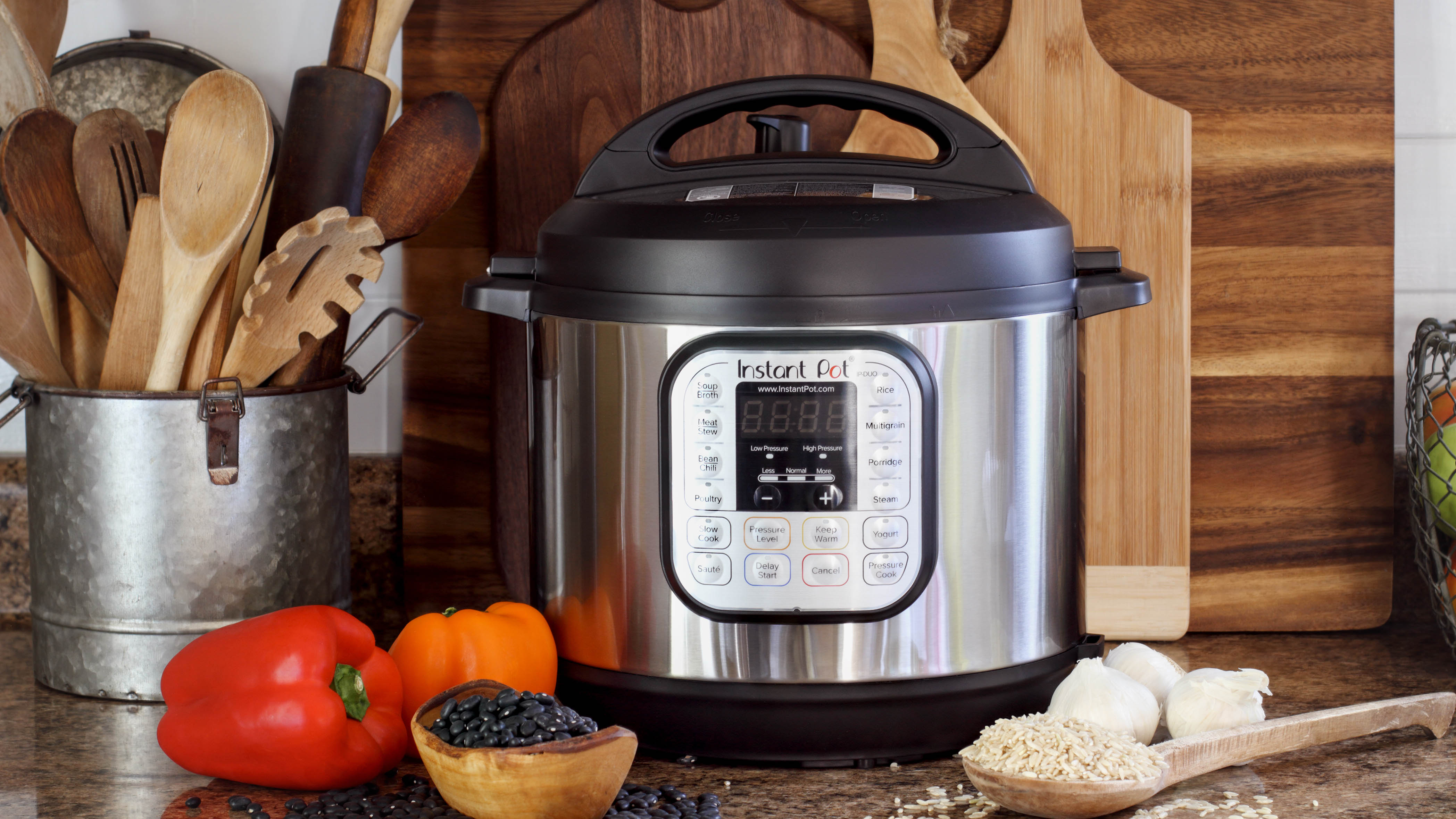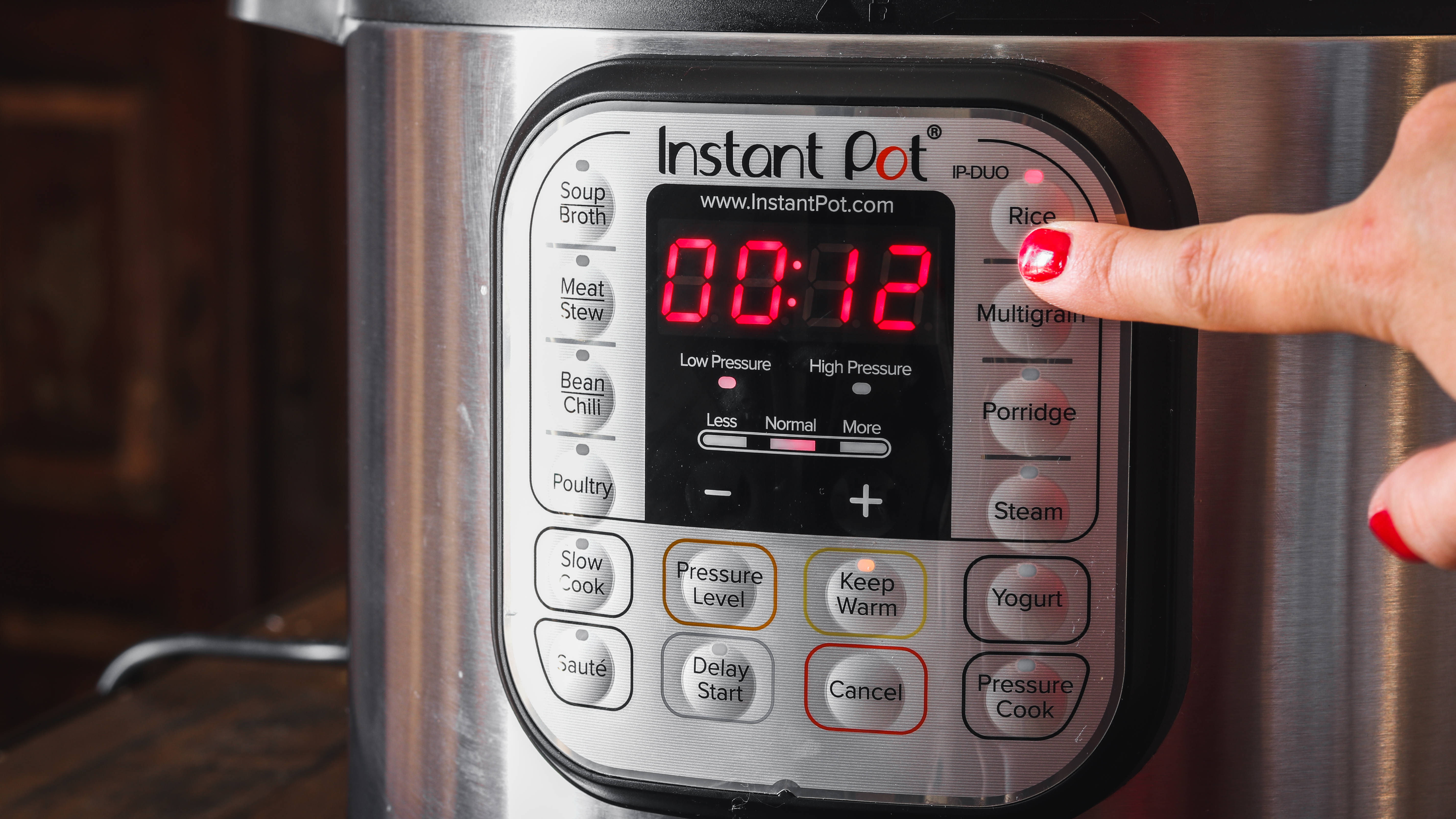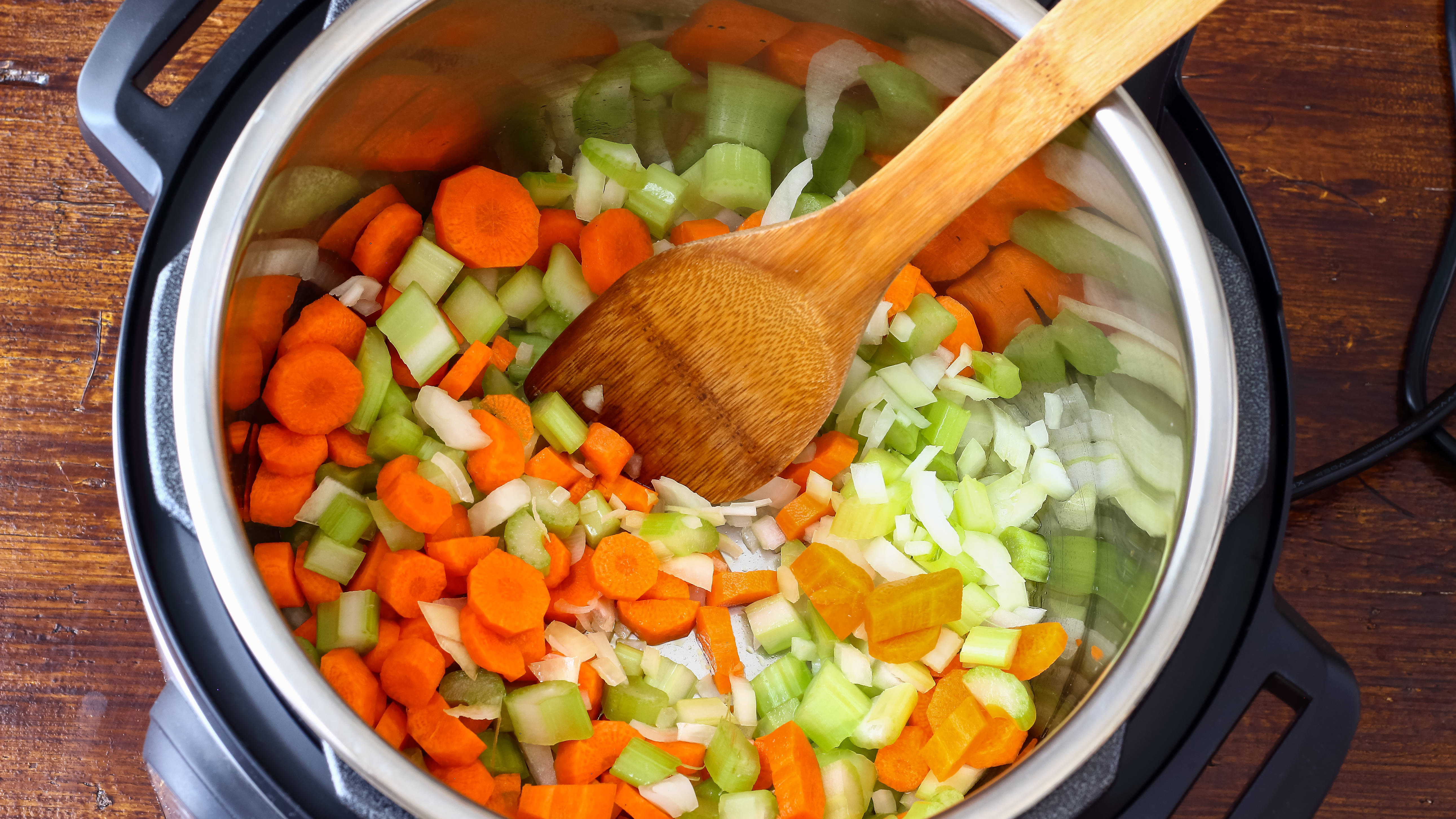
When it comes to kitchen equipment, the world has been reveling in the popularity of the air fryer for speedy cookery needs of late. But, there’s always the stalwart ‘do-it-all’ or at least ‘do-a-fair-amount’ countertop appliance, the Instant Pot.
From pressure cooking, slow cooking, steaming, sautéing, making yogurt, or just simply warming up your food, the Instant Pot has become a bit of a start-to-finish contraption. It should come as no surprise then that choosing between the best Instant Pots is quite the challenge. Each one brings a little something different to the dinner table and takes up a little more (or little less) space on your countertops.
You may be asking the question, Instant Pot vs air fryer, which comes out on top? If you’ve decided on an Instant Pot, as I did, then I recommend you read on for the 9 things I’ve learned since buying an Instant Pot. For a little time spent reading, I promise you’ll save yourself a lot of time.
1. Do your research
There’s an array of different Instant Pots to choose from, so being careful to take your time and do your research is very important. Weigh up your choices around whether you’re being budget conscious, looking for additional features, saving on space, or wanting an Instant Pot that can also compete with the best air fryers. I
For smaller kitchens, you’ll want to opt for the Instant Pot Duo Plus. For smart features, the Instant Pot Pro Plus Smart. For the more advanced home cooks, the Instant Pot Pro is a great choice. Essentially, when it comes to choosing your Instant Pot, with such a range on offer, they all bring a different offering to the table. Depending on the space you have on your countertops and the features you’re keen to utilize, there will be choices that fit the bill better than others.
2. It's not as fast as you think

Yes, the Instant Pot is faster than your average cooking experience, but don’t be fooled by how fast it claims to be. Most recipes and instructions don’t include the time it takes to pressurize the inner pot during the preheating cycle or depressurizing it. Preheating can take several minutes depending on how much food you’re planning to cook, how much liquid it will take, and if you used it to sauté beforehand.
Once pressurized and cooked, you’ll then need to depressurize the Instant Pot before you remove your food. This step is incredibly important to avoid any injuries. While you can use the manual Quick Release feature to release pressure quickly, this is best used to avoid overcooking on foods like vegetables, hard boiled eggs, or rice. Natural pressure release is best for containing flavors on foods like meat. Instant doesn’t necessarily mean instant. In the most part, releasing pressure slowly is worth it for the extra time added
3. Multipurpose doesn't mean it can cook everything

While Instant Pots include features to cook pretty much everything, including yogurt, it doesn’t always mean the Instant Pot is the best way to cook it. With the need for liquid inside your Instant Pot, it’s easy to overcook or undercook ingredients such as rice or certain meats like pork chops.
For this tip, it’s about keeping an eye on the timings. There’s a stark difference in the texture and taste of a meal when you leave it to cook for a few minutes longer than it should. Especially, if you then take into account the extra time needed to depressurize. For food you’re looking to get crispy, or foods that you’re wanting to get a smoky taste to through grilling or barbequing like steaks and burgers, the Instant Pot isn’t your best bet.
4. Follow the safety instructions
It may seem easy to just jump right in to using your newly purchased Instant Pot, but the manual with an Instant Pot is very important. There have been some cases of injuries suffered from using the Instant Pot, but ones that can be easily avoided if you follow the instructions carefully.
First things first, don’t add in too much liquid or food. You need to be precise with what you add to make sure it doesn’t reach too high a pressure. You’ll also want to make sure you replace the sealing ring whenever necessary so that it remains sealed firmly shut. When depressurizing the Instant Pot, be aware of steam and take your time. Don’t try to rush this process and make sure you seal the pot correctly in the first place. The number one tip for using an Instant Pot is never open the lid unless it is depressurized completely.
5. Keep the sealing ring clean
The sealing ring is a key component to the Instant Pot, ensuring the inner pot is completely airtight to help with pressurizing and sealing in the flavor of your dish. You’ll quickly notice once you start using your Instant Pot that the sealing ring takes on smells and colors of the ingredients you’re using. So, if you’re planning on using it for different types of meals, like utilizing the yogurt making feature, or making desserts, then you should make sure you swap out your sealing ring for a specific one for different types of food.
You should also make sure you clean your sealing ring. Luckily, it’s dishwasher safe. If you don’t have a dishwasher though, or need to clean the sealing ring in a hurry, the top tip here is to use white vinegar. Soak your sealing ring in white vinegar diluted with water, leave it for a while, then wash it up with dish soap and let it dry naturally. Make sure it’s definitely dry before placing it back onto your Instant Pot.
6. Consider worktop space

Before you commit to buying an Instant Pot, it’s important to consider the amount of worktop space you have. This, of course, is dependent on the size of Instant Pot you choose to buy. They come in 3, 6, 8, and 10-quart sizes. 3 is great for just one or two people. 6 is recommended for a family or household of four. 8 is a better choice for any families or households larger than four people, although sometimes the 8 works better for a household of four when there’s people with bigger appetites in the equation. 10 is for the largest of households or households where you want to do batch cooking for a larger group of people.
The only 10-quart size currently available is the Duo Nova, which comes in all the other sizes. Then there’s options like the Pro Crisp, which only comes in 8-quart, and the Pro Plus and Smart that only come in 6-quart. With each different size, the Instant Pot itself is larger, meaning you’ll want to consider what worktop space you have available before you take over your entire space with this equipment.
7. Be careful what you put in
Following on from tip 6, even if you’ve decided you have enough countertop space for your Instant Pot, it doesn’t necessarily mean it’s the ideal space to put it. The steam release, especially when using the manual Quick Release function, can be damaging to cabinets that may be sitting above it.
The best place then to put your Instant Pot is somewhere unobstructed that allows the steam to escape without affecting your cabinets. If you want to move your Instant Pot when it’s not in use, ensure it has fully cooled down and depressurized before touching it. You also want to avoid placing your pressure cooker on or near any hot surfaces.
8. Remove your ingredients from the fridge beforehand

Temperature is a big part of being able to pressure cook your food quickly. If your ingredients are cold from the fridge, it’s going to take longer to heat up. While this isn’t an essential part of using your Instant Pot, it is a handy way to reduce timings if you’re in a hurry. Of course, this relies on you being at home to remove the ingredients from the fridge and having the foresight to do so.
Extra steps will need to be taken if you’re looking to reheat frozen food or reheat dishes from the fridge in your Instant Pot. This includes stirring your food before serving to avoid hot spots and figuring out which function works best for you from sauté, slow cook, steam, boil, or keep warm.
9. Pick your recipes wisely

As mentioned previously, sometimes recipes will state a certain cooking time that may not be the cooking time you end up facing when you cook it. That’s because these recipes usually take out the time it takes to pressurize and depressurize your Instant Pot.
This becomes especially apparent when utilizing the most commonly used function of an Instant Pot, the pressure cooker. Aside from pressure, it adds extra hurdles to your cooking time as you can’t simply remove the lid whenever you please to add more liquid and/or ingredients. You need to release the pressure first before you can do this and every time you do that, it adds extra minutes onto the overall cooking time. Using the Quick Release setting will help with this, but it still adds minutes in.
When choosing a recipe, remember it can be a little misleading when it says you can have a meal in under 10 minutes, when you take into account the pressuring and/or preheating cycle of the Instant Pot can, at times, take 10 minutes itself.







